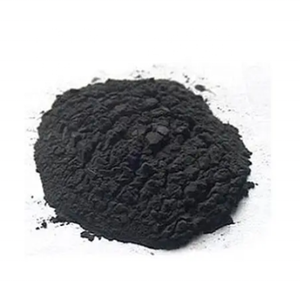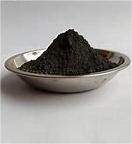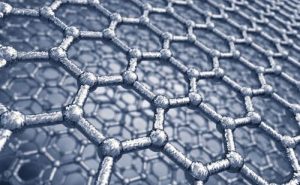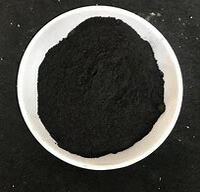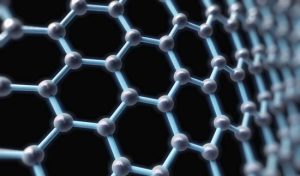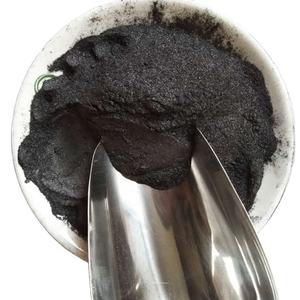Professional graphite material supplier, graphite for EV, grease, furnace and any other industries.
(Advantages of Carbon Nanotubes)
Carbon nanotubes, which are different from the planar’sheets’ of graphene (also known as fullerenes), have enormous advantages in a wide range of applications. They are stiffer than steel, yet can be bent to the point that they are unharmed by physical force (like a thumbtack against a board). Their unique structural properties allow them to provide directional support for carbon-fiber products, and their ability to bend in ways never before observed allows them to serve as probe tips for high-resolution scanning probe microscopy.
They also can be used to create conductive wires that have the potential to outperform today’s silicon chips. This performance promise is based on the fact that, when used as electrodes, carbon nanotubes can fit many more transistors onto a same-sized “chip” than current silicon-based technology. This extra capacity increases the speed, efficiency and reliability of the chip.
In addition, the carbon atoms that make up a single-walled carbon nanotube are arranged such that they have a large surface area. This allows nanotubes to conduct electricity with a fraction of the resistance of conventional metals and without the ‘friction’ that occurs in traditional metals, when electrons bump into other atoms as they move through conduction.
The ability to attach essentially any chemical species to the sidewalls of a carbon nanotube, along with their tunability of properties, makes it possible for scientists to create novel catalysts and other materials that can perform new kinds of functions. And their biocompatibility is allowing scientists to investigate the possibility of using carbon nanotubes as vascular stents and for other medical purposes.
(Advantages of Carbon Nanotubes)

